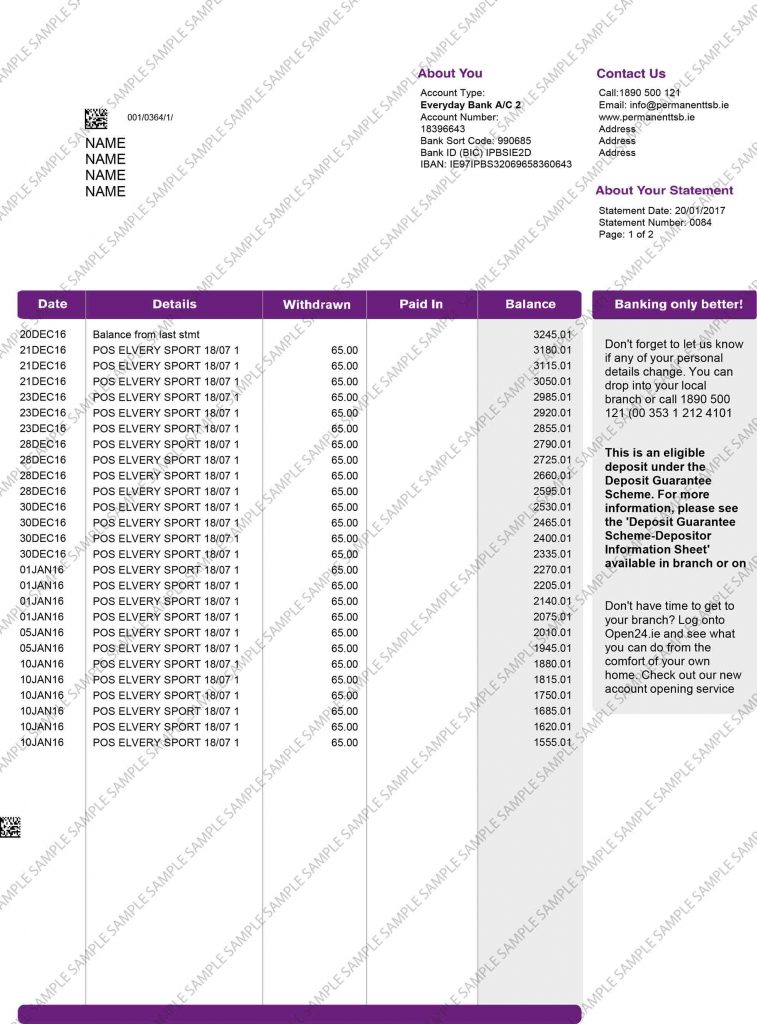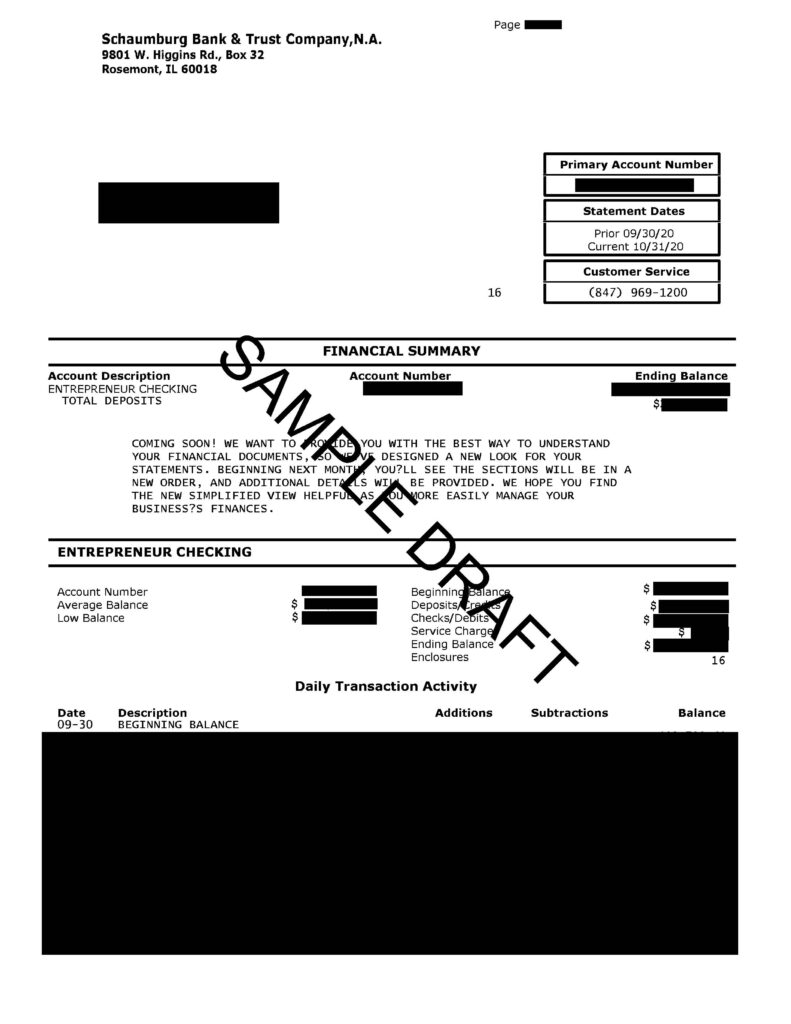A Step-by-Step Guide
How to File Your Tax Return
Filing a tax return can seem like a daunting task, especially if it’s your first time. However, with the right knowledge and tools, the process can be straightforward and stress-free. Whether you’re filing as an individual or for a business, understanding the steps involved in preparing and filing your tax return will help ensure you meet your legal obligations and maximize any potential tax benefits. Let’s walk through the essential steps on how to file your tax return.
1. Gather Necessary Documents
Before you start filling out any forms, you’ll need to gather all the documents related to your income, deductions, and credits. Having everything in one place will make the process smoother and less time-consuming. Here are some of the key documents you may need
Income Documents
- W-2 Forms (U.S.): These are issued by your employer to report your wages and the taxes withheld from your paycheck.
- 1099 Forms (U.S.): If you're self-employed or have other sources of income (e.g., freelance work, dividends, interest), you'll receive these forms.
- Other Income Records: Include any other income sources, such as rental income, alimony received, or retirement income.
Deductions and Credits
- Receipts and Records: Gather receipts for deductible expenses such as charitable donations, medical expenses, mortgage interest, and business expenses (if applicable).
- Form 1098 (U.S.): If you’ve paid mortgage interest, this form will help you claim the mortgage interest deduction.
- Education Credits: Documents related to education expenses, such as Form 1098-T for tuition or student loan interest.
Identification Information
- Social Security number (SSN) for yourself, spouse, and any dependents.
- Bank account details for direct deposit of refunds (optional).
Why Are Tax Returns Important?
There are several ways you can file your tax return. Here are the most common options:
E-Filing (Online Filing): Filing electronically is the fastest and most secure method. Most people prefer e-filing because it allows you to submit your return quickly and directly to the tax authorities. You can use software like TurboTax, H&R Block, or other tax preparation services to e-file your return. Some software offers free filing for simple tax returns, while others charge for more complex filings.
Paper Filing: If you prefer to file your taxes manually, you can download the necessary forms from the tax authority’s website, complete them by hand, and mail them to the appropriate address. While this method works, it can take longer for your return to be processed.
Tax Professional or Accountant: If your tax situation is complex (e.g., owning a business, complicated deductions, or investment income), hiring a tax professional might be the best choice. An accountant can ensure you’re maximizing your deductions and filing correctly.
Tax Refunds: For many people, the main reason for filing a tax return is the possibility of receiving a refund. When you overpay taxes through withholding or estimated payments, the IRS or your local tax authority will refund the difference. This can be a welcome windfall for taxpayers.
Social Benefits: Filing a tax return is also essential for certain social benefits. For instance, your eligibility for things like student loans, government assistance programs, and even social security benefits can depend on your filed tax return.
Financial Planning: Filing your tax return provides an opportunity to review your financial situation. It gives you a snapshot of your income, savings, and potential tax strategies. Many people use their tax returns to make adjustments for the following year, such as adjusting withholding amounts or setting up new retirement savings plans.


How Do You File a Tax Return?
Filing a tax return can vary depending on the country you live in, but in most cases, there are a few standard methods available:
Paper Filing: This is the traditional method, where you fill out the forms by hand and mail them to the tax authority. It can be a time-consuming process, and errors can delay your refund or cause complications.
E-filing: Many people prefer to file their tax returns electronically using software like TurboTax, H&R Block, or similar services. E-filing is quicker, more efficient, and less prone to human error. In fact, most governments, including the U.S. IRS, encourage electronic filing.
Tax Professional: If your financial situation is more complex, or if you’re unsure about how to handle your taxes, hiring a tax professional or accountant might be a wise decision. They can help ensure accuracy and may even uncover deductions or credits you weren’t aware of.
When Do You Need to File Your Tax Return?
In many countries, including the United States, the tax year typically follows the calendar year, meaning it begins on January 1st and ends on December 31st. After the year ends, you usually have until a certain deadline to submit your tax return—often in April of the following year. It’s important to know the deadline to avoid late filing penalties.
Common Tax Forms
To file a tax return, you’ll need to use specific forms depending on your income, deductions, and filing status. Here are a few common ones:
- Form 1040 (U.S.): The standard form for individual income tax returns in the U.S.
- W-2 (U.S.): The form your employer provides to report wages and taxes withheld.
- 1099 (U.S.): Used to report income earned from self-employment or other sources like investments.
- Schedule A (U.S.): Used to itemize deductions if you choose not to take the standard deduction.
Common Tax Mistakes to Avoid
While filing your tax return, it’s easy to make mistakes that could delay processing or result in penalties. Here are a few common errors to watch out for:
Math Errors: Simple mistakes in addition or subtraction can throw off your entire return. Make sure to double-check your math or use an e-filing service that automatically calculates everything.
Incorrect Information: Ensure all your personal details, such as your name, Social Security number, and address, are correct. Any discrepancy could lead to issues with your return.
Failing to Sign the Return: This is a basic but often overlooked mistake. Be sure to sign and date your tax return before submitting it.
Missing Deductions or Credits: Sometimes, taxpayers overlook potential deductions or credits they qualify for. Make sure to research all possible options to reduce your taxable income.
